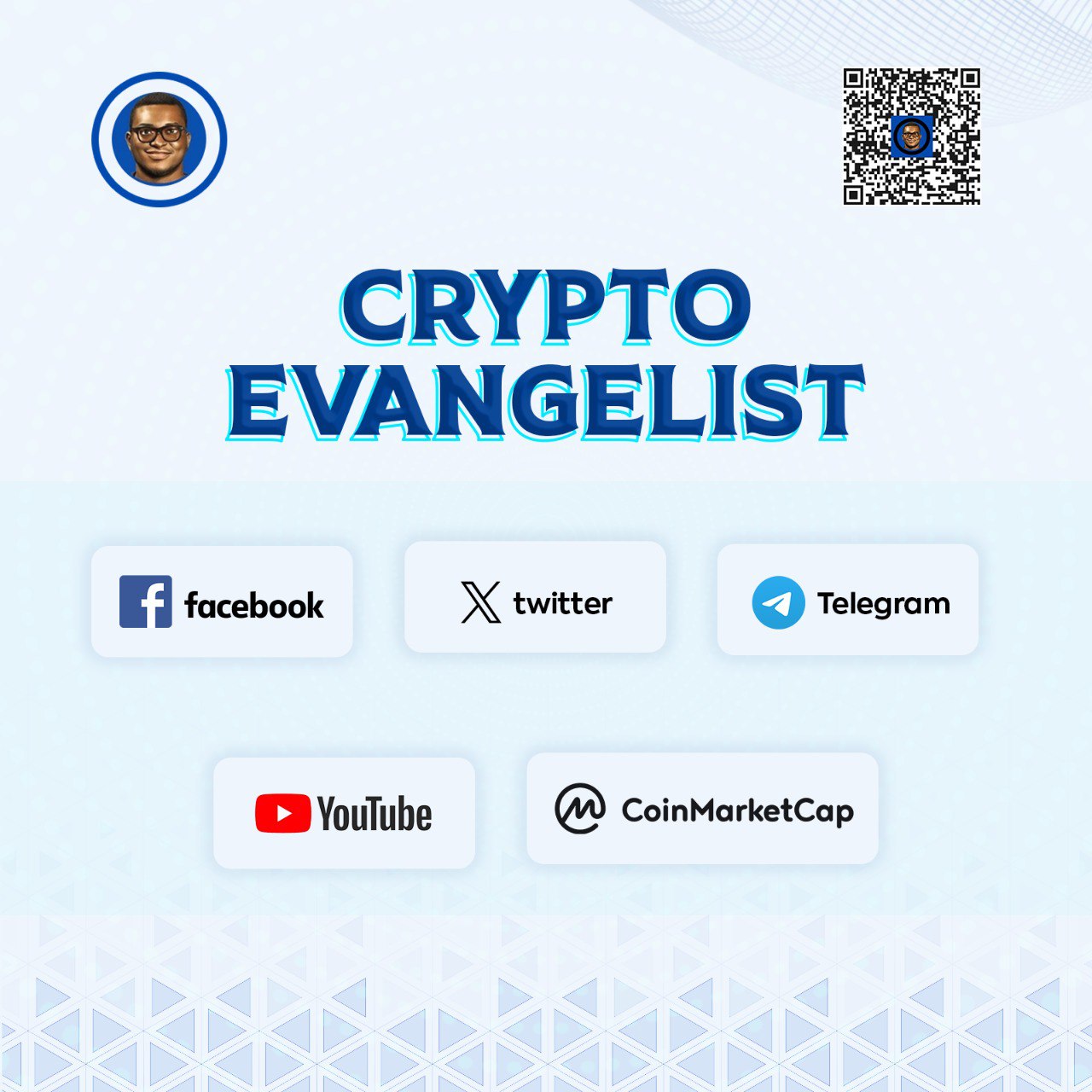Market Pulse
In a significant strategic move echoing a long-held crypto philosophy, Tether, the issuer of the world’s largest stablecoin USDT, is increasingly fortifying its reserves with allocations to Bitcoin and gold. This calculated shift, championed by CEO Paolo Ardoino, signals a deeper commitment to hard, decentralized assets as the bedrock of future financial stability, moving beyond traditional fiat-pegged instruments. As the digital economy evolves, Tether’s focus on these enduring stores of value underscores a vision where digital currencies are not just transient tools but represent robust, enduring financial infrastructure.
Tether’s Strategic Shift to Hard Assets
Tether’s reserve composition has been a topic of intense scrutiny and discussion within the crypto space for years. Historically, a significant portion of its backing comprised short-term commercial papers and bank deposits. However, recent reports and statements from the company indicate a deliberate pivot towards more tangible, less counterparty-dependent assets: Bitcoin and physical gold. This strategic adjustment is not merely about diversification; it represents a philosophical alignment with the inherent value proposition of these commodities in an increasingly uncertain global economic landscape.
- Reduced Counterparty Risk: Holding a greater proportion of Bitcoin and gold minimizes exposure to traditional financial institutions and sovereign debt volatility.
- Inflation Hedge: Both Bitcoin and gold are widely considered hedges against inflation, offering a defensive posture for Tether’s reserves against eroding purchasing power.
- Decentralized Backing: Bitcoin, as a decentralized digital asset, aligns with the broader ethos of the crypto space, while gold has historically served as a universal, decentralized store of value.
The Philosophy Behind BTC and Gold Holdings
Paolo Ardoino, CEO of Tether, has been a vocal proponent of Bitcoin and gold, frequently asserting their superiority as long-term stores of value. His recent statement, “Bitcoin and Gold will outlast any other currency,” encapsulates the core belief driving Tether’s reserve strategy. This perspective posits that fiat currencies, subject to governmental policies, quantitative easing, and inflation, inherently carry more risk than assets with finite supply or intrinsic historical value. By integrating these assets more deeply into its backing, Tether is not just managing risk; it’s making a profound statement about the future of money.
This approach positions Tether as a frontrunner in merging the stability of traditional hard assets with the innovation of digital finance. It suggests a future where stablecoins, while providing transactional utility, are anchored by assets that resist devaluation and maintain their worth across geopolitical and economic shifts.
Implications for the Stablecoin Ecosystem
Tether’s strengthened reserve strategy has multifaceted implications for the broader stablecoin market and crypto industry. Firstly, it enhances confidence in USDT, potentially solidifying its market dominance by addressing historical concerns about reserve transparency and asset quality. For users and institutions, a stablecoin backed by a tangible mix of BTC and gold could be perceived as more robust than one solely reliant on traditional financial instruments.
Secondly, it could set a precedent for other stablecoin issuers to re-evaluate their reserve compositions, potentially inspiring a broader industry trend towards less conventional, more resilient backing assets. This could lead to a stablecoin landscape that is more diversified and less susceptible to the whims of the traditional banking system. While challenges remain regarding liquidity and auditing, the long-term benefits of such a strategy are clear.
Conclusion
Tether’s calculated and increasingly pronounced embrace of Bitcoin and gold within its reserve framework marks a pivotal moment for the stablecoin sector. This strategic pivot, championed by CEO Paolo Ardoino, reflects a fundamental belief in the enduring power of decentralized, inflation-resistant assets over traditional fiat-backed instruments. By grounding the world’s largest stablecoin in such a robust foundation, Tether not only aims to bolster USDT’s resilience and trustworthiness but also champions a compelling vision for the future of digital finance, where stability is derived from true scarcity and historical value, ultimately shaping a more secure and independent global financial ecosystem.
Pros (Bullish Points)
- Enhanced stability and resilience for USDT, reducing counterparty risk and providing an inflation hedge.
- Increased demand for Bitcoin and gold as foundational assets, potentially boosting their perceived value.
Cons (Bearish Points)
- Potential for increased volatility in Tether's overall reserve value due to Bitcoin's price swings.
- Diversification away from highly liquid short-term assets could theoretically impact immediate redemption capabilities, although Tether's liquidity management is robust.



